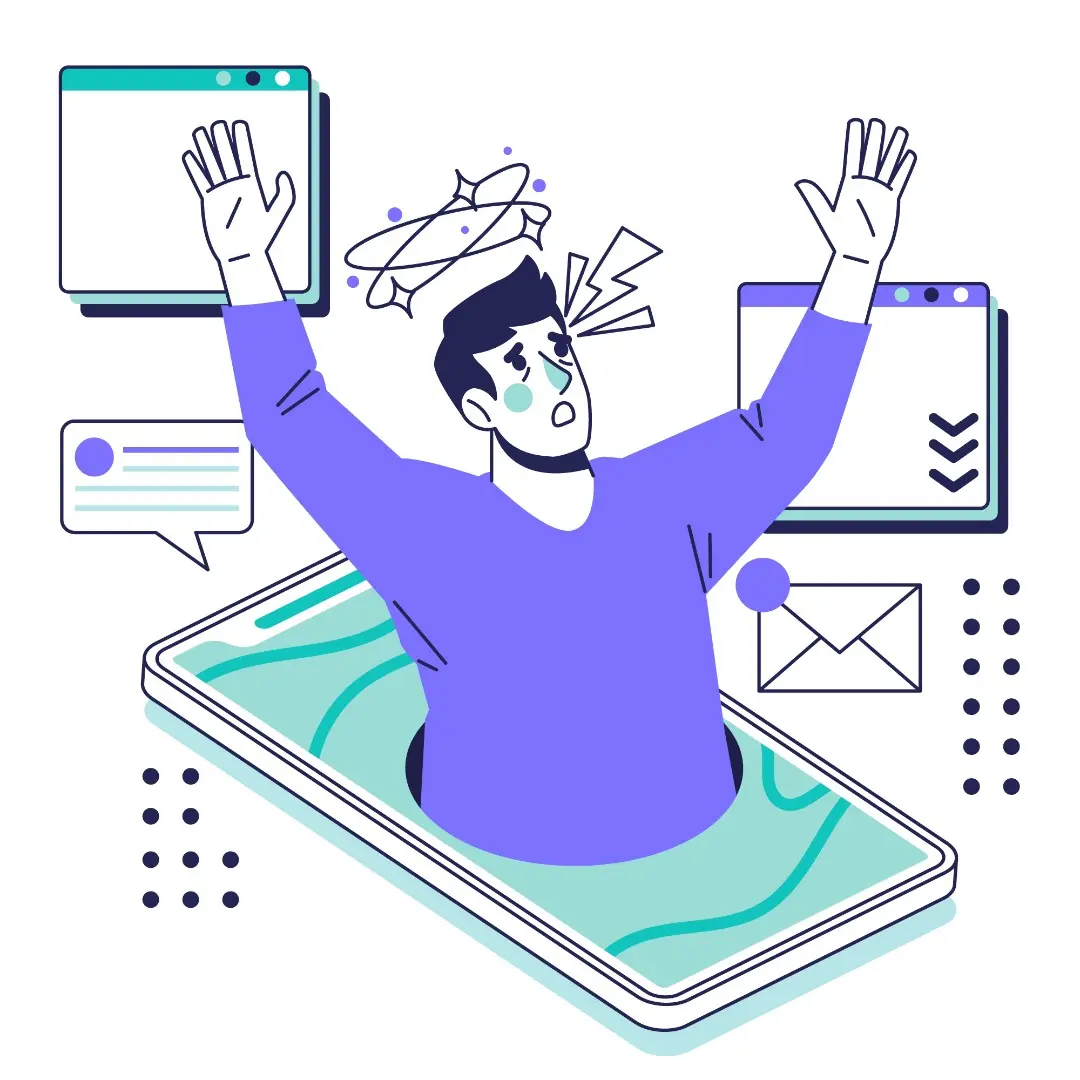
In an era where notifications never stop buzzing, social media feeds endlessly scroll, and work demands us to always be "connected," the idea of a digital detox sounds like an impossible dream. Yet, with rising anxiety and burnout due to tech overload, many are asking: Is it even possible to unplug?
1. What Is Digital Detox and Why Does It Matter?
A digital detox is a period of reducing or eliminating the use of digital devices (smartphones, laptops, social media) to restore mental balance, boost productivity, and improve real-world relationships.
Recommended posts
Key Stats:
The average person checks their phone 58 times a day (Asurion, 2023).
70% of workers experience burnout due to constant connectivity (WHO, 2022).
2. The Dark Side of Digital Overload
Sleep Disruption: Blue light from screens interferes with melatonin production.
Declining Focus: The brain gets used to quick stimuli, struggling with deep work.
Superficial Relationships: Online interactions replace face-to-face connections.
3. The Biggest Challenges in Digital Detox
FOMO (Fear of Missing Out): Anxiety about missing important updates.
Work Demands: Many jobs require instant responses via email/chat.
Habitual Scrolling: Mindless social media checks become a reflex.
4. Practical Strategies to Start a Digital Detox
✅ Create Tech-Free Zones: e.g., no phones in the bedroom. ✅ Use Time-Limit Apps: Like Screen Time (iOS) or Digital Wellbeing (Android). ✅ Schedule Offline Time: e.g., every Saturday morning without the internet.

